Ancient Warfare is a unique publication focused exclusively on soldiers, battles, and tactics, all before 600 AD. Starting with ancient Egypt and Persia and continuing to the fall of the Western Roman Empire, Ancient Warfare examines the military history of cultures throughout Europe, the Middle East and parts of Asia and Africa. Ancient Greece and Rome receive the most frequent coverage, due both to the wealth of contemporary sources and the modern fascination with these two great civilizations. Subject-matter ranges from the familiar to the more obscure: while Alexander the Great, the Persian Wars and Caesar’s Gallic campaigns all receive regular coverage, Ancient Warfare also looks at some of the less common parts of ancient military history, from chariots as battle taxis to PTSD in antiquity.
Ancient Warfare Magazine
PRELIMINARIES NEWS ITEMS BY LINDSAY POWELL
Evidence of bedbugs found at Vindolanda
Re-assembled manica in Legion exhibit
Cache of ancient weapons found in Poland
Integrated methods used in Slovenia to understand hillforts
The advent of warfare in the southern Levant
Full suit of lamellar armour in Late Antique grave
HAVE YOU READ?
Construction threatens fortress
THE 'IMPACT' OF THE ROMAN ONAGER KICKED BY A DONKEY • Since 2016, the Chair of Ancient History at Friedrich-Alexander-Universität Erlangen-Nürnberg has been systematically attempting to recover lost knowledge through historically-sound reconstruction and systematic-methodical performance testing. This methodical approach and its publication are groundbreaking in their consistency: building on these results, further initiatives can advance our knowledge of transportation, the military and lifestyle.
The history of ancient torsion engines
THE TOMBSTONE OF MARCUS AEMILIUS DURISES DINING WITH THE DEAD • When cavalry trooper Marcus Aemilius Durises died, his heirs commemorated him with a lavish tombstone featuring two relief sculpture scenes on either side of an epitaph. Found in Cologne, the tombstone provides a key insight into the way cavalrymen stationed in the area chose to be remembered after their death.
ELEPHANTS OR WAR-MACHINES? A HISTORIAN'S DILEMMA • It is widely believed that the Roman army invading Britain in AD 43 was accompanied by elephants. Over the course of the last century, the claim has been repeated by successive historians, who saw no reason to doubt its veracity. Sometimes the emperor himself is said to have ridden on one of them. However, this presupposes that trained elephants were freely available for deployment by the Roman army. But was this really the case? Were elephants ever utilized by the imperial Roman army?
THE CELTIC INVASION OF THE GREEK WORLS A FIERCW FLOOD • During the third century BC, the Greek world was confronted with one of the most terrible threats in its long history, the Gallic invasion of the Balkans and Asia Minor.
The Hellenistic armies of the third century BC
THE CELTIC PANOPLY, AS WORN AROUND 279 BC THE CELTS OF BRENNUS • The Celts commonly appear in Greco-Roman literature and sculpture as naked warriors who fought with little more than a sword and a shield. However, archaeology tells us that the Celts had a complex arsenal of weapons and armour. What, then, did the Celts during Brennus’ invasion of Greece in 279 BC wear?
NOT THE ONE YOU ARE PROBABLY THINKING OF… THE BATTLE OF THERMOPYLAE • The battle of Thermopylae in 279 BC, when an alliance of Greeks faced an army of Celts, is an important but lesser-known battle, overshadowed by the more famous battle of 480 BC, when the Persians invaded Greece.
The Celts of Brennus
Raising hell
THE BIRTH & ORIGINS OF THE CELTIC POLITIES SONS OF TEUTATES • Continental Europe of ca. 400–275 BC, the period archaeologically...
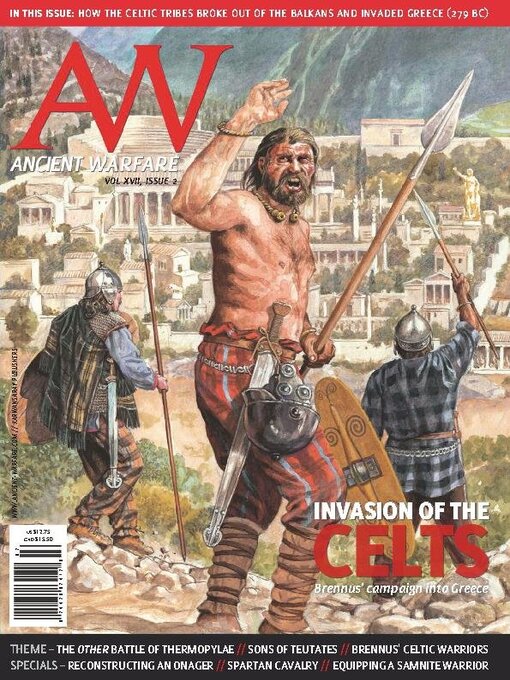
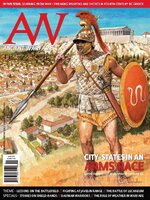 AW XVIII.1
AW XVIII.1
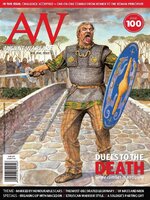 AW XVII.6
AW XVII.6
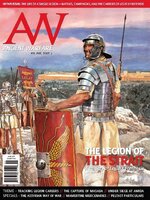 AW XVII.5
AW XVII.5
 AW XVII.4
AW XVII.4
 AW XVII.3
AW XVII.3
 AW XVII.2
AW XVII.2
 AW XVII.1
AW XVII.1
 AW XVI.6
AW XVI.6
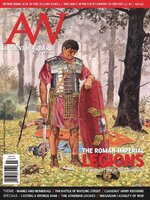 AW XVI.5
AW XVI.5
 AW XVI.4
AW XVI.4
 AW XVI.3
AW XVI.3
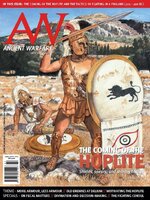 AW XVI.2
AW XVI.2
 AW XVI.1
AW XVI.1
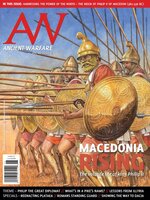 AW XV.6
AW XV.6
 AW XV.5
AW XV.5
 AW XV.4
AW XV.4